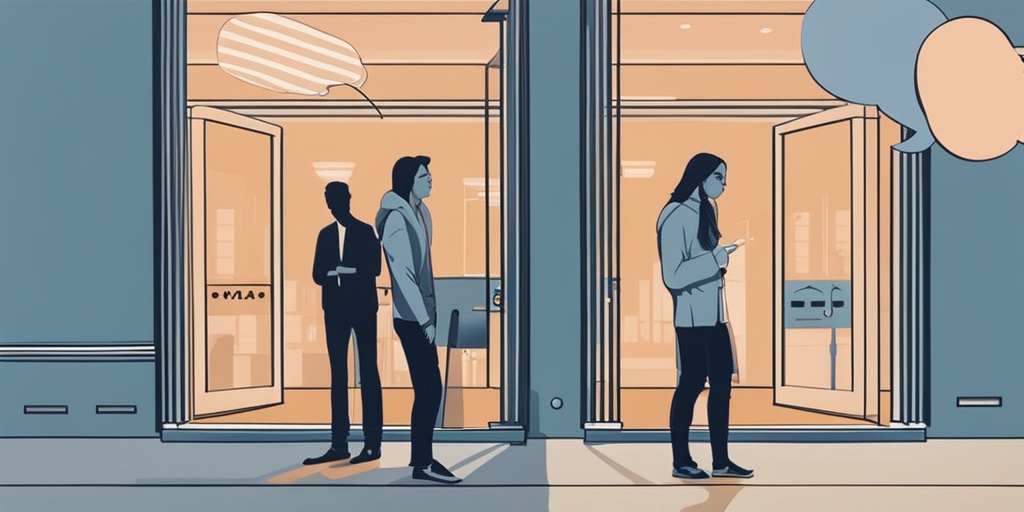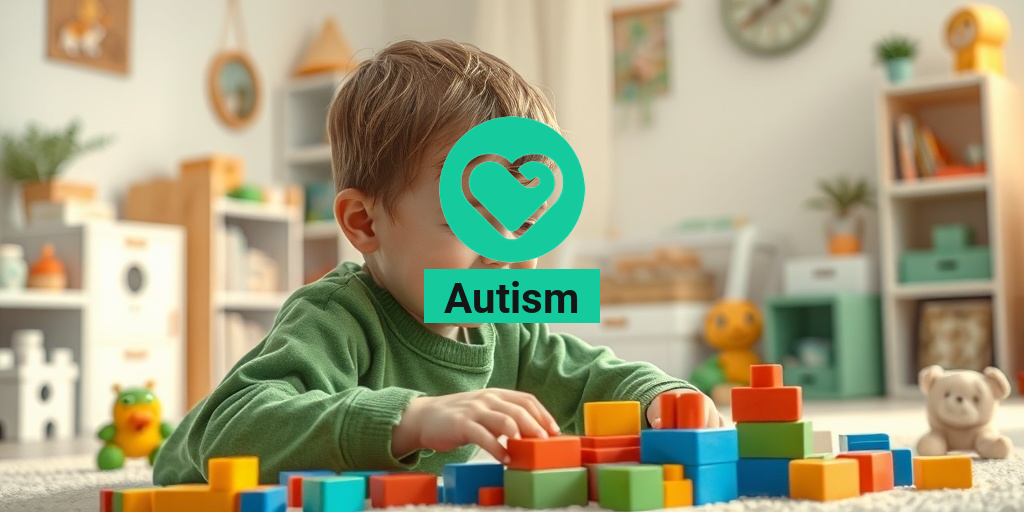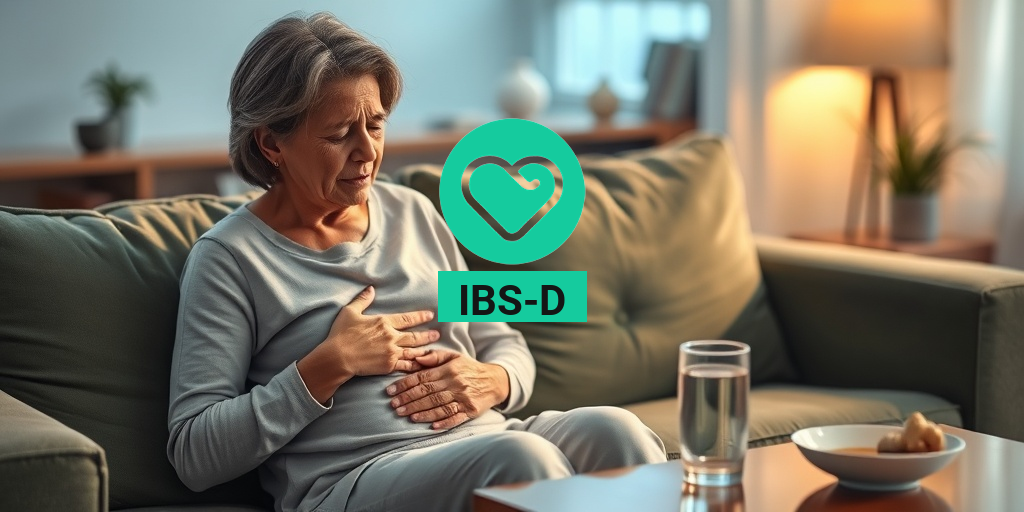What Is Agoraphobia?
Agoraphobia is a type of anxiety disorder that can have a significant impact on a person’s daily life. But what exactly is agoraphobia, and how does it differ from other phobias?
Agoraphobia Meaning: Understanding the Fear
The term “agoraphobia” comes from the Greek words “agora,” meaning “marketplace,” and “phobia,” meaning “fear.” In essence, agoraphobia is a fear of being in situations or places where escape might be difficult or embarrassing, or where help might not be available in the event of a panic attack or other incapacitating symptoms. This fear can be so overwhelming that it leads people to avoid certain situations or places altogether.
While agoraphobia is often misunderstood as a fear of open spaces or crowds, it’s actually a fear of feeling trapped or unable to escape. This fear can manifest in a variety of ways, such as avoiding public transportation, shopping malls, or even leaving one’s home.
How Agoraphobia Differs from Social Anxiety Disorder
It’s common for people to confuse agoraphobia with social anxiety disorder, but they are distinct conditions. Social anxiety disorder is a fear of being judged or evaluated by others, whereas agoraphobia is a fear of being in situations where escape might be difficult.
That being said, agoraphobia and social anxiety disorder can often co-occur, and people with agoraphobia may also experience social anxiety symptoms. However, they are separate conditions that require different treatment approaches.
Agoraphobia Symptoms
So, how do you know if you or someone you know is experiencing agoraphobia? Here are some common symptoms to look out for:
Agoraphobia Symptoms: What to Look Out For
People with agoraphobia may experience a range of physical and emotional symptoms, including:
- Fear or anxiety about being in certain situations or places
- Avoidance of certain situations or places due to fear or anxiety
- Panic attacks or feelings of intense fear in response to certain situations or places
- Rapid heartbeat or palpitations
- Shortness of breath or feeling of choking
- Nausea or abdominal discomfort
- Trembling or shaking
- Feeling of detachment from oneself or the situation
These symptoms can vary in severity and may be triggered by specific situations or stimuli. If you’re experiencing any of these symptoms, it’s essential to seek help from a mental health professional.
Remember, agoraphobia is a treatable condition, and with the right support and resources, it’s possible to manage symptoms and improve your quality of life. If you’re looking for evidence-based health answers and resources, consider checking out Yesil Health AI (yesilhealth.com) for reliable information and guidance.
🤝

Agoraphobia Causes and Risk Factors
Agoraphobia is a complex anxiety disorder that can be triggered by a combination of genetic, environmental, and psychological factors. While the exact causes of agoraphobia are still not fully understood, research has identified several risk factors that can contribute to its development.
Genetic Factors
Studies suggest that agoraphobia can run in families, and individuals with a family history of anxiety disorders are more likely to develop agoraphobia. Research suggests that 61% of people with agoraphobia have a family history of anxiety disorders. This suggests that there may be a genetic component to the disorder.
Brain Chemistry
Imbalances in brain chemistry, particularly with the neurotransmitter gamma-aminobutyric acid (GABA), can contribute to the development of agoraphobia. GABA is responsible for regulating anxiety and fear responses in the brain. Low levels of GABA have been linked to increased anxiety and fear responses.
Environmental Factors
Traumatic events, such as the loss of a loved one, a natural disaster, or a violent attack, can trigger agoraphobia in some individuals. Additionally, social and cultural pressures, such as the fear of being judged or evaluated by others, can also contribute to the development of agoraphobia.
Personality Traits
Certain personality traits, such as neuroticism and introversion, can increase the risk of developing agoraphobia. Individuals with these traits may be more prone to anxiety and fear responses, which can contribute to the development of agoraphobia.
Other Risk Factors
Other risk factors for agoraphobia include:
- Age: Agoraphobia typically develops in early adulthood, with the average age of onset being around 25 years old.
- Gender: Women are more likely to develop agoraphobia than men, with a female-to-male ratio of 2:1.
- Childhood trauma: Individuals who experienced trauma or abuse in childhood may be more likely to develop agoraphobia.
Agoraphobia Diagnosis
Diagnosing agoraphobia can be a complex process, as it often co-occurs with other anxiety disorders, such as panic disorder or social anxiety disorder. A mental health professional, such as a psychologist or psychiatrist, will typically conduct a comprehensive diagnostic evaluation to determine if an individual meets the criteria for agoraphobia.
Diagnostic Criteria
The diagnostic criteria for agoraphobia are outlined in the Diagnostic and Statistical Manual of Mental Disorders, 5th Edition (DSM-5). To meet the criteria for agoraphobia, an individual must experience:
- Fear or anxiety about being in situations where escape might be difficult or embarrassing, or in which help might not be available in the event of a panic attack or other incapacitating symptoms.
- Avoidance of situations due to fear or anxiety.
- Anxiety or fear that is out of proportion to the actual danger posed by the situation.
- Symptoms that cause significant distress or impairment in social, occupational, or other areas of functioning.
Diagnostic Tools
Mental health professionals may use various diagnostic tools, such as:
- Psychological questionnaires and rating scales, such as the Agoraphobia Scale or the Fear Questionnaire.
- Clinical interviews, such as the Anxiety Disorders Interview Schedule.
- Behavioral observations, such as observing an individual’s behavior in simulated anxiety-provoking situations.
A comprehensive diagnostic evaluation is essential for developing an effective treatment plan for agoraphobia. With proper diagnosis and treatment, individuals with agoraphobia can learn to manage their symptoms and improve their overall quality of life 🌟.

Agoraphobia Treatment Options
Agoraphobia is a complex anxiety disorder that can significantly impact daily life. While it may seem daunting, there are various agoraphobia treatment options available to help individuals manage their symptoms and regain control over their lives. In this section, we’ll explore the different treatment approaches and therapies that can help alleviate agoraphobia.
Cognitive-Behavioral Therapy (CBT)
Cognitive-Behavioral Therapy (CBT) is a highly effective treatment for agoraphobia. This type of therapy focuses on identifying and changing negative thought patterns and behaviors that contribute to anxiety. A mental health professional will work with the individual to develop coping strategies, challenge fears, and gradually expose them to situations that trigger anxiety.
Exposure Therapy
Exposure therapy is a crucial component of CBT for agoraphobia. This involves gradually exposing the individual to feared situations or environments, starting with small steps, to help them become comfortable and confident. For example, someone with agoraphobia may start by imagining themselves in a crowded place, then progress to being in a small group, and eventually work up to being in a crowded area.
Medications
In some cases, medications may be prescribed to help manage agoraphobia symptoms. Selective serotonin reuptake inhibitors (SSRIs) and benzodiazepines are commonly used to treat anxiety disorders. However, it’s essential to note that medication should be used in conjunction with therapy, as it only addresses symptoms rather than the underlying causes of agoraphobia.
Relaxation Techniques
Relaxation techniques, such as deep breathing, progressive muscle relaxation, and visualization, can help individuals with agoraphobia manage anxiety in the moment. These techniques can be learned through therapy or online resources and can be practiced regularly to reduce anxiety levels.
Support Groups
Joining a support group can provide a sense of community and connection with others who understand the challenges of agoraphobia. Sharing experiences and receiving support from others can be incredibly empowering and help individuals stay motivated on their path to recovery.
Coping with Agoraphobia
Living with agoraphobia can be overwhelming, but there are ways to cope with the condition and improve daily life. Here are some strategies to help individuals with agoraphobia navigate their symptoms and regain control.
Learn to Recognize Triggers
Identifying triggers is crucial in managing agoraphobia. By recognizing the situations, emotions, or thoughts that trigger anxiety, individuals can develop strategies to cope with them. Keeping a journal or talking to a therapist can help identify patterns and triggers.
Develop a Safety Plan
Creating a safety plan can provide a sense of security and comfort. This plan should include contact information for a therapist, support group, or trusted friends and family, as well as a list of coping strategies and relaxation techniques.
Practice Self-Care
Self-care is essential for managing agoraphobia. Engaging in activities that bring joy and relaxation, such as reading, exercise, or hobbies, can help reduce anxiety levels and improve overall well-being.
Seek Support
Having a strong support system is vital for individuals with agoraphobia. Surrounding oneself with understanding friends and family, joining a support group, or seeking online communities can provide a sense of connection and reduce feelings of isolation.
Remember, agoraphobia is not a sign of weakness, and seeking help is a sign of strength 💪. With the right treatment and coping strategies, individuals can learn to manage their symptoms and live a fulfilling life.

Agoraphobia and Panic Disorder
Agoraphobia is often linked to panic disorder, and for good reason. In fact, the two conditions are so closely connected that they’re often discussed together. But what exactly is the relationship between agoraphobia and panic disorder?
The Connection Between Agoraphobia and Panic Disorder
Research suggests that up to 60% of people with agoraphobia also experience panic disorder. This is because agoraphobia often stems from a fear of having a panic attack in a public place or situation where escape might be difficult or embarrassing. This fear can be so overwhelming that it leads to avoidance behaviors, which are a hallmark of agoraphobia.
In other words, people with agoraphobia may avoid certain situations or places because they’re afraid of having a panic attack and not being able to cope with it. This fear can be so intense that it leads to a range of physical and emotional symptoms, including:
- Racing heartbeat
- Shortness of breath
- Dizziness or lightheadedness
- Nausea or stomach discomfort
- Trembling or shaking
These symptoms can be incredibly distressing, and they can make it difficult for people with agoraphobia to lead normal lives. But the good news is that treatment is available, and it can be highly effective in managing both agoraphobia and panic disorder.
Treatment Options for Agoraphobia and Panic Disorder
When it comes to treating agoraphobia and panic disorder, there are several options available. These may include:
- Cognitive-behavioral therapy (CBT): This type of therapy helps people identify and challenge negative thought patterns and behaviors that contribute to their agoraphobia and panic disorder.
- Exposure therapy: This involves gradually exposing people to the situations or places that trigger their agoraphobia and panic disorder, in a safe and controlled environment.
- Medications: In some cases, medications such as antidepressants or benzodiazepines may be prescribed to help manage symptoms of agoraphobia and panic disorder.
It’s important to note that everyone’s experience with agoraphobia and panic disorder is unique, and what works for one person may not work for another. That’s why it’s so important to work with a mental health professional to develop a treatment plan that’s tailored to your individual needs.
Agoraphobia vs Social Anxiety Disorder
Agoraphobia and social anxiety disorder (SAD) are two conditions that are often confused or conflated. While they share some similarities, they’re actually distinct conditions with different symptoms and characteristics.
What is Social Anxiety Disorder?
Social anxiety disorder, also known as social phobia, is a condition characterized by a fear of being judged, evaluated, or rejected by others in social situations. This fear can lead to feelings of anxiety, self-consciousness, and avoidance of social situations.
People with SAD may experience symptoms such as:
- Fear of being the center of attention
- Fear of being judged or evaluated by others
- Fear of saying or doing something embarrassing
- Avoidance of social situations or events
While SAD can be distressing and debilitating, it’s distinct from agoraphobia in several key ways.
Key Differences Between Agoraphobia and Social Anxiety Disorder
The main difference between agoraphobia and SAD is the focus of the fear. In agoraphobia, the fear is centered around having a panic attack or experiencing symptoms in a public place, whereas in SAD, the fear is centered around social judgment or evaluation.
In addition, agoraphobia often involves a fear of being trapped or unable to escape, whereas SAD does not typically involve this fear. Finally, agoraphobia often leads to avoidance of specific situations or places, whereas SAD may lead to avoidance of social situations more broadly.
While both conditions can be challenging to live with, it’s important to understand the differences between agoraphobia and SAD in order to develop effective treatment plans and provide appropriate support. 💡

Frequently Asked Questions about Agoraphobia
What is Agoraphobia?
Agoraphobia is a type of anxiety disorder in which individuals experience fear or anxiety about being in situations where they may not be able to escape or get help if they experience symptoms of a panic attack or other incapacitating symptoms.
What are the Symptoms of Agoraphobia?
Common symptoms of agoraphobia include:
- Fear of being in crowded or enclosed spaces
- Fear of being in situations where escape might be difficult
- Fear of having a panic attack in public
- Avoidance of certain situations or places due to fear
- Physical symptoms such as rapid heartbeat, sweating, and trembling
What Causes Agoraphobia?
The exact causes of agoraphobia are not fully understood, but it is believed to be a combination of genetic, environmental, and psychological factors. Traumatic events, stress, and social anxiety can also contribute to the development of agoraphobia.
How is Agoraphobia Diagnosed?
Agoraphobia is typically diagnosed through a combination of physical and psychological evaluations. A mental health professional will assess symptoms, medical history, and perform a psychological evaluation to determine if the individual meets the criteria for agoraphobia.
What are the Treatment Options for Agoraphobia?
Treatment for agoraphobia usually involves a combination of psychotherapy and medication. Cognitive-behavioral therapy (CBT) is a common type of psychotherapy used to treat agoraphobia, and medications such as selective serotonin reuptake inhibitors (SSRIs) may be prescribed to help manage symptoms.
Can Agoraphobia be Cured?
While agoraphobia cannot be “cured” in the classical sense, it can be effectively managed with treatment. With the right combination of therapy and medication, individuals with agoraphobia can learn to manage their symptoms and improve their quality of life.
How Can I Overcome Agoraphobia?
Overcoming agoraphobia takes time, patience, and support. Here are some tips:
- Seek professional help from a mental health professional
- Learn relaxation techniques such as deep breathing and meditation
- Gradually expose yourself to feared situations
- Build a support network of friends and family
- Practice self-care and prioritize your mental health
Is Agoraphobia Related to Social Anxiety Disorder?
Yes, agoraphobia is often comorbid with social anxiety disorder. Individuals with social anxiety disorder may experience fear or anxiety in social situations, which can contribute to the development of agoraphobia.
Can Hypnosis Help with Agoraphobia?
Yes, hypnosis can be a helpful adjunct to traditional treatment for agoraphobia. Hypnosis can help individuals relax and reduce anxiety, making it easier to confront feared situations.
What is the Difference Between Agoraphobia and Panic Disorder?
Agoraphobia is a specific type of anxiety disorder that involves fear of being in situations where escape might be difficult, while panic disorder is a more general term that refers to recurring panic attacks. While the two disorders often co-occur, they are distinct conditions.
Can Agoraphobia be Inherited?
Yes, agoraphobia can be inherited. Research suggests that individuals with a family history of agoraphobia are more likely to develop the disorder themselves.
How Common is Agoraphobia?
Agoraphobia is a relatively common anxiety disorder, affecting approximately 1.3% of the general population.
What is the ICD-10 Code for Agoraphobia?
The ICD-10 code for agoraphobia is F40.0.
What is the DSM-5 Criteria for Agoraphobia?
The DSM-5 criteria for agoraphobia include:
- Fear or anxiety about being in situations where escape might be difficult
- Avoidance of situations due to fear
- Marked distress or impairment in social, occupational, or other areas of functioning
I hope this FAQ helps! 😊




